مقدمهای بر تست سمیت سلولی
تعریف سمیت سلولی
سمیت سلولی به توانایی یک ماده برای ایجاد آسیب به سلولها اشاره دارد. این آسیب میتواند به صورت مرگ سلولی (اپوپتوز یا نکروز)، کاهش فعالیت متابولیک، تغییرات ژنتیکی و دیگر نشانههای آسیبدیدگی سلولی ظاهر شود.
اهمیت تست سمیت سلولی
- **توسعه داروها**: ارزیابی ایمنی داروهای جدید قبل از ورود به مراحل بالینی.
- **صنعت شیمیایی**: بررسی ایمنی مواد شیمیایی مورد استفاده در محصولات مختلف.
- **زیستفناوری**: اطمینان از ایمنی بیومواد و ایمپلنتها.
- **محیط زیست**: ارزیابی تأثیرات مواد آلاینده بر سلولهای زیستی.
انواع روشهای تست سمیت سلولی
تستهای مبتنی بر رنگگذاری
تست MTT
- **اصل عملکرد**: تست MTT از طریق تبدیل مولکول رنگی MTT به فرم غیرقابل حل در آب توسط آنزیمهای متابولیک فعال در سلولهای زنده انجام میشود. میزان تبدیل نشاندهنده فعالیت متابولیک و زنده ماندن سلولها است.
- **مزایا**: ساده، پرکاربرد و با حساسیت مناسب.
- **معایب**: امکان تداخل با مواد آزمایشی که میتوانند با MTT واکنش نشان دهند.
تست XTT و MTS
- **اصل عملکرد**: مشابه تست MTT، اما مولکولهای رنگی حلپذیرتری دارند که نیاز به مراحل شستشو را کاهش میدهند.
- **مزایا**: سرعت بالاتر، عدم نیاز به مراحل پیچیده شستشو.
- **معایب**: ممکن است کمتر حساس از تست MTT باشد.
تست SRB (Sulforhodamine B)
- **اصل عملکرد**: تست SRB با اتصال به پروتئینهای سلولی انجام میشود و میزان جذب رنگ نشاندهنده تعداد سلولها است.
- **مزایا**: حساسیت بالا، قابلیت استفاده در سلولهای مختلف.
- **معایب**: نیاز به شستشو دقیق پس از رنگگذاری.
تستهای مبتنی بر انتشار رنگ
تست LDH (Lactate Dehydrogenase)
- **اصل عملکرد**: در زمان آسیب سلولی، آنزیم LDH از داخل سلول به محیط خارج سلولی منتشر میشود. اندازهگیری میزان LDH نشاندهنده میزان آسیب سلولی است.
- **مزایا**: غیر مخرب، قابلیت اندازهگیری در نمونههای زنده.
- **معایب**: حساسیت ممکن است پایین باشد و تحت تأثیر سایر عوامل قرار گیرد.
تست PI (Propidium Iodide)
- **اصل عملکرد**: PI یک رنگ فلورسانت است که تنها به سلولهای دارای آسیب دیواره سلولی نفوذ میکند و با DNA پیوند میزند. اندازهگیری فلورسانس نشاندهنده سلولهای مرده است.
- **مزایا**: قابلیت تفکیک سلولهای زنده و مرده، استفاده در تحلیل فلو سیتومتری.
- **معایب**: نیاز به تجهیزات تخصصی مانند فلو سیتومتر.
تستهای مبتنی بر آلیاژهای نوری و فلورسانت
تست Alamar Blue
- **اصل عملکرد**: استفاده از رنگ فلورسانت Alamar Blue که توسط سلولهای زنده کاهش مییابد و تغییر رنگ میدهد. این تغییر رنگ نشاندهنده فعالیت متابولیک سلولها است.
- **مزایا**: غیر مخرب، مناسب برای اندازهگیری در زمانهای مختلف.
- **معایب**: ممکن است تحت تأثیر مواد آزمایشی قرار گیرد.
تست GFP (Green Fluorescent Protein)
- **اصل عملکرد**: استفاده از سلولهای تراریخته که پروتئین GFP را بیان میکنند. میزان فلورسانس نشاندهنده زنده ماندن و فعالیت سلولها است.
- **مزایا**: امکان مشاهده زندهماندگی سلولها در زمان واقعی.
- **معایب**: نیاز به سلولهای تراریخته و تجهیزات فلورسانس.
تستهای مبتنی بر آپتوز و نکروز
تست Annexin V/PI
- **اصل عملکرد**: Annexin V با فسفاتیدیل سرین در سلولهای آپوتوز مثبت شده و PI سلولهای نکروز شده را رنگگذاری میکند. استفاده از فلو سیتومتری برای تشخیص نوع مرگ سلولی.
- **مزایا**: تشخیص دقیق نوع مرگ سلولی.
- **معایب**: نیاز به فلو سیتومتر و پروتکل پیچیدهتر.
تست TUNEL
- **اصل عملکرد**: تشخیص شکستگیهای DNA در سلولهای آپوتوز با استفاده از آنزیمهای خاص که پروسهی TUNEL را امکانپذیر میسازد.
- **مزایا**: تشخیص دقیق آپوتوز.
- **معایب**: نیاز به مراحل پیچیده و تجهیزات تخصصی.
تستهای مبتنی بر آنزیمها
تست Caspase Activity
- **اصل عملکرد**: اندازهگیری فعالیت کاسپازها که نشاندهنده فرآیند آپوتوز است.
- **مزایا**: تشخیص دقیق آپوتوز.
- **معایب**: نیاز به واکنشهای آنزیمی دقیق و تجهیزات تخصصی.
تستهای مبتنی بر ژنها و پروتئینها
تستهای PCR و RT-PCR
- **اصل عملکرد**: اندازهگیری بیان ژنهای خاص مرتبط با آپوتوز یا سایر فرآیندهای سلولی.
- **مزایا**: حساسیت بالا، امکان تشخیص تغییرات ژنتیکی.
- **معایب**: نیاز به تجهیزات مولکولی و پروتکلهای پیچیده.
Western Blot
- **اصل عملکرد**: اندازهگیری پروتئینهای خاص مرتبط با فرآیندهای سلولی.
- **مزایا**: تشخیص دقیق پروتئینها.
- **معایب**: نیاز به تجهیزات تخصصی و زمانبر بودن.
مراحل انجام تست سمیت سلولی
انتخاب نوع تست مناسب
بسته به نوع ماده آزمایشی و هدف مطالعه، باید روش تست مناسب انتخاب شود. گاهی ترکیبی از چند روش برای افزایش دقت نتایج استفاده میشود.
. آمادهسازی سلولها
انتخاب خط سلولی مناسب (مانند سلولهای سرطانی، سلولهای بنیادی، سلولهای نرمال) و کشت سلولی در شرایط استاندارد.
اعمال ماده آزمایشی
افزودن ماده مورد نظر به سلولها در غلظتهای مختلف و زمانهای متفاوت برای ارزیابی تأثیر آن بر سلولها.
انجام تستهای سمیت
انجام تستهای انتخاب شده (مثلاً MTT، LDH، Annexin V) بر اساس پروتکلهای استاندارد.
اندازهگیری و تحلیل نتایج
استفاده از میکروپلاکت، فلو سیتومتر، اسپکتروفتومتر و سایر تجهیزات مرتبط برای اندازهگیری نتایج و تحلیل دادهها.
تفسیر نتایج
مقایسه نتایج با کنترلهای مثبت و منفی، تعیین میزان سمیت و ارزیابی ایمنی ماده آزمایشی.
مزایا و محدودیتهای تست سمیت سلولی
مزایا
- **سرعت و کارایی**: امکان انجام تستها به صورت سریع و با تعداد زیادی سلول.
- **هزینه مناسب**: بسیاری از تستها نیاز به تجهیزات پرهزینه ندارند.
- **قابلیت تطبیق**: استفاده در انواع مختلف سلولها و مواد آزمایشی.
محدودیتها
- **عدم بازتاب کامل سیستمهای پیچیده زیستی**: سلولهای کشت شده نمیتوانند تمامی جنبههای سیستمهای زنده را شبیهسازی کنند.
- **تأثیر شرایط آزمایشگاهی**: شرایط غیرطبیعی کشت سلولی میتواند نتایج را تحت تأثیر قرار دهد.
- **تفاوت بین خط سلولی و سلولهای طبیعی**: نتایج ممکن است بهطور کامل با سلولهای درون بدن همخوانی نداشته باشد.
نتیجهگیری
تستهای سمیت سلولی ابزارهای حیاتی در ارزیابی ایمنی مواد مختلف هستند که به توسعه داروها، محصولات شیمیایی و بیومواد کمک میکنند. انتخاب روش مناسب تست و تفسیر دقیق نتایج از اهمیت بالایی برخوردار است تا بتوان از ایمنی و کارایی مواد مورد نظر اطمینان حاصل کرد. با پیشرفت فناوری و توسعه روشهای جدید، دقت و قابلیتهای تستهای سمیت سلولی نیز بهبود یافته و نقش مهمتری در تحقیقات بیولوژیکی و پزشکی ایفا میکنند.
اگر سوالات بیشتری در این زمینه دارید یا نیاز به توضیحات بیشتری دارید، خوشحال میشوم که کمک کنم.
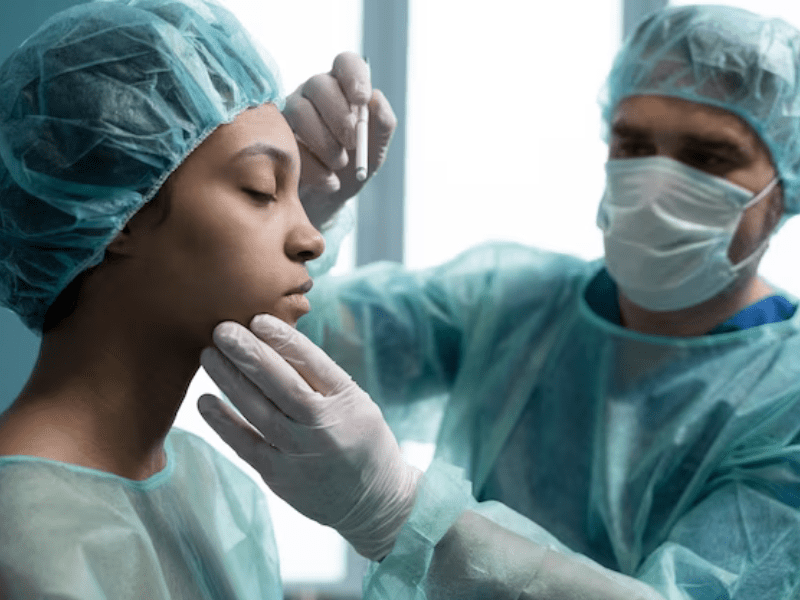
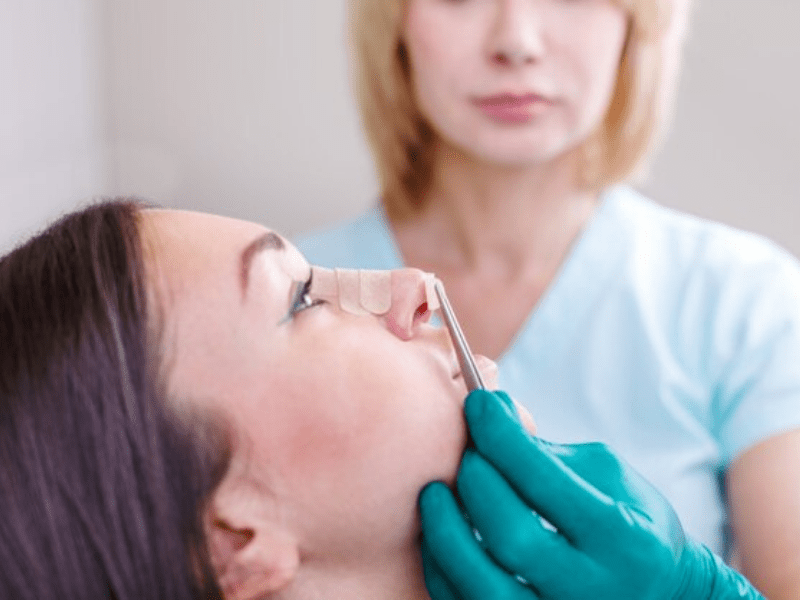
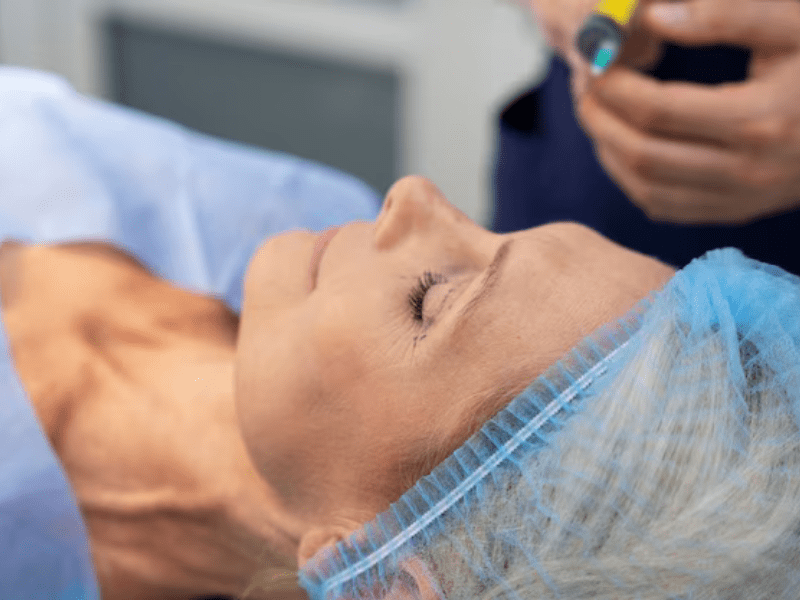

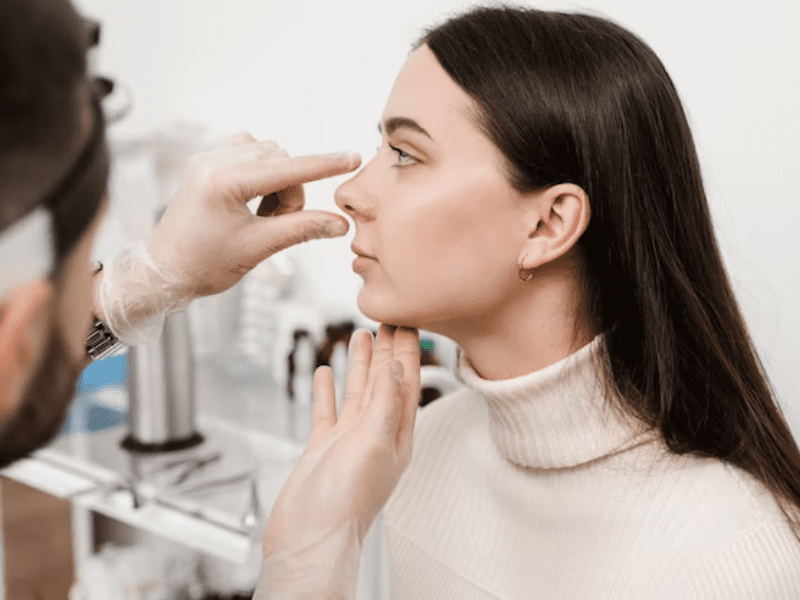
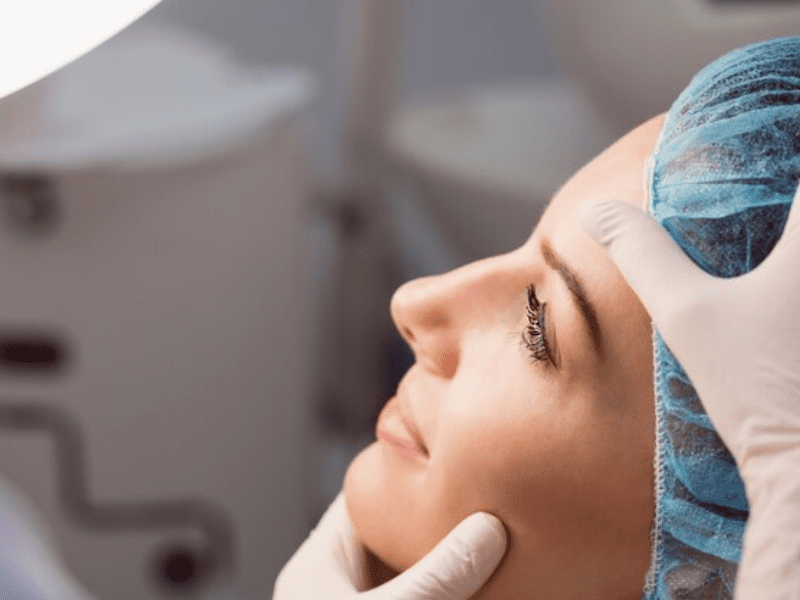
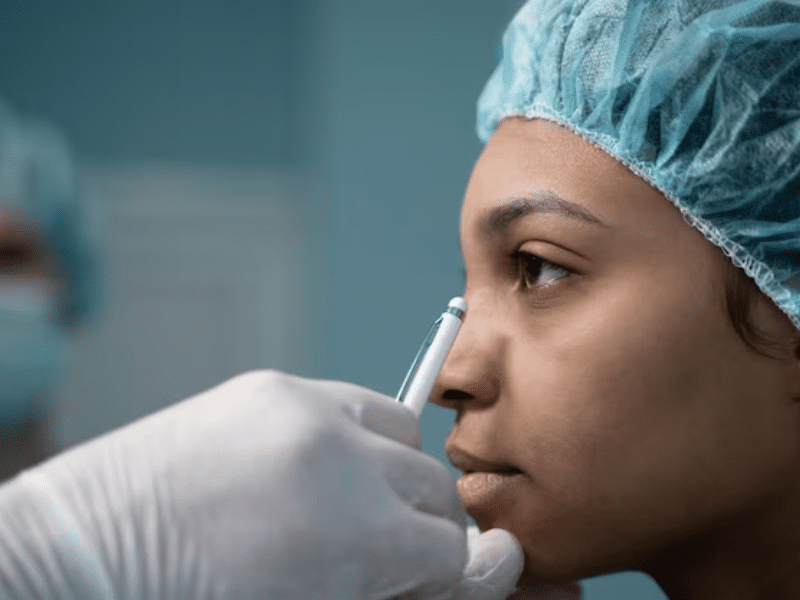
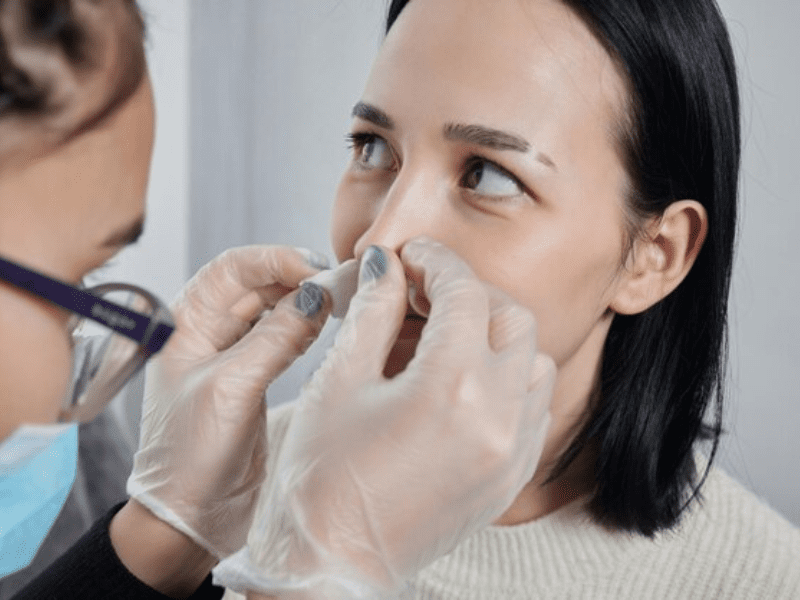
 تست سمیت سلولی
تست سمیت سلولی